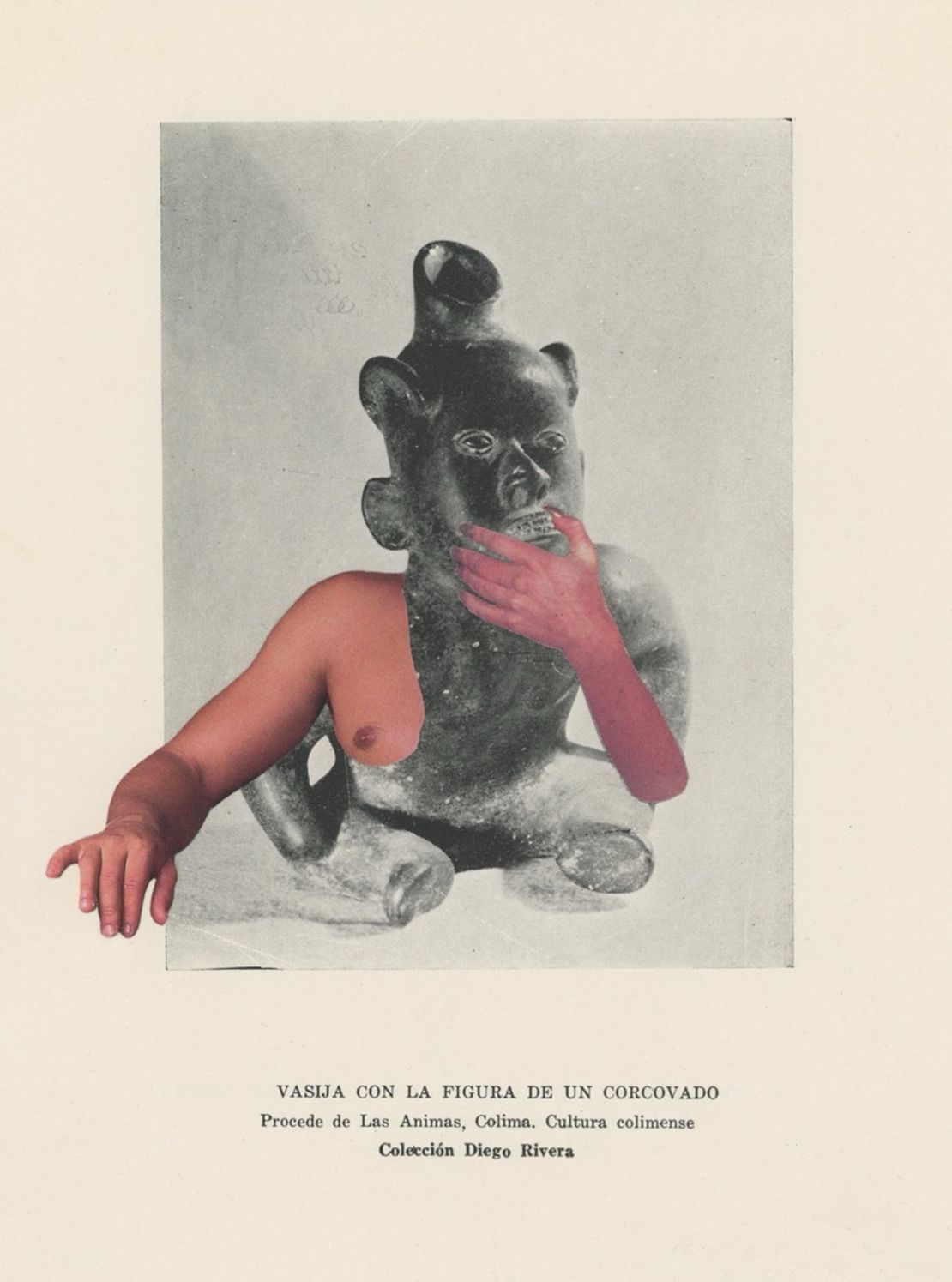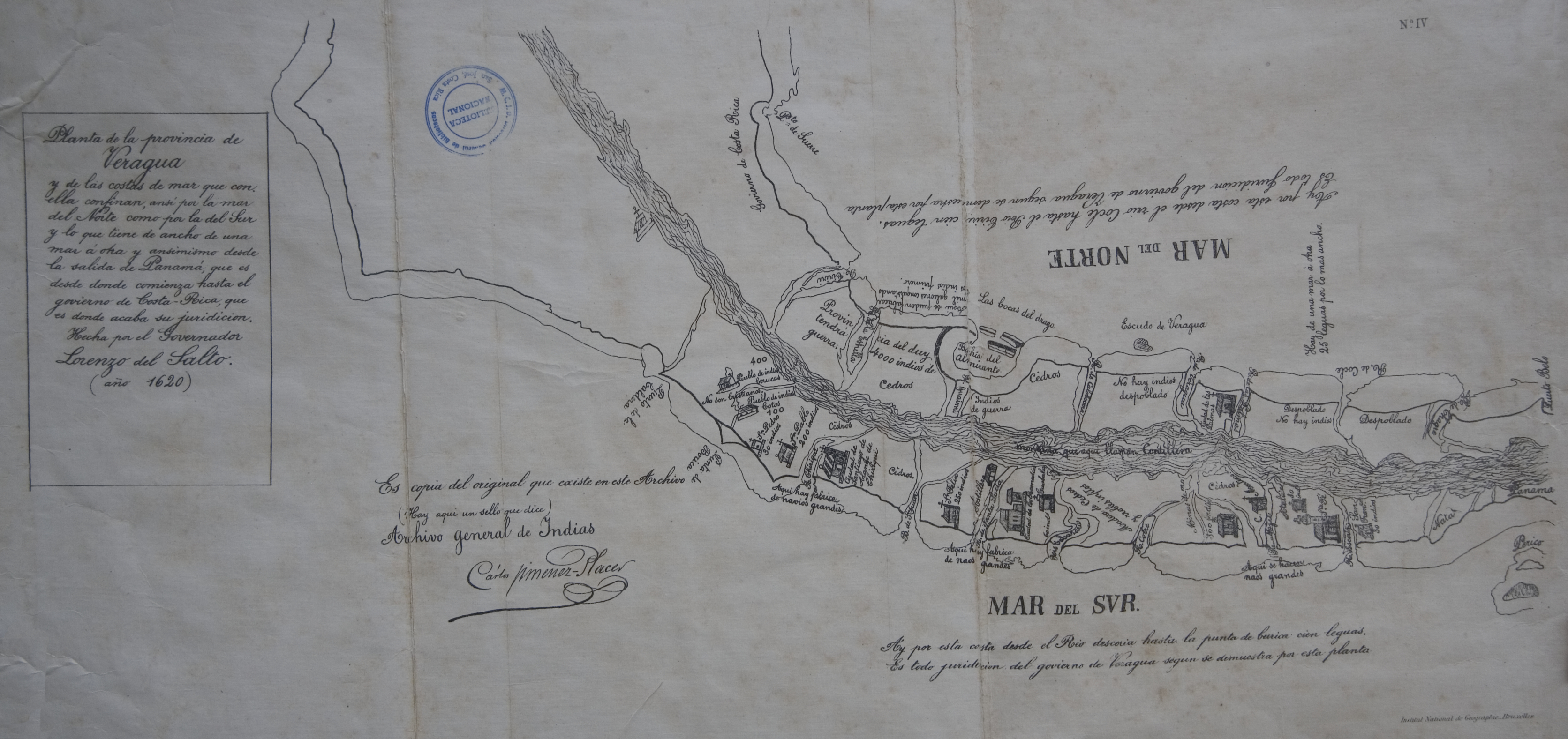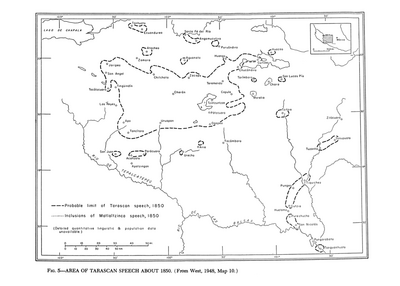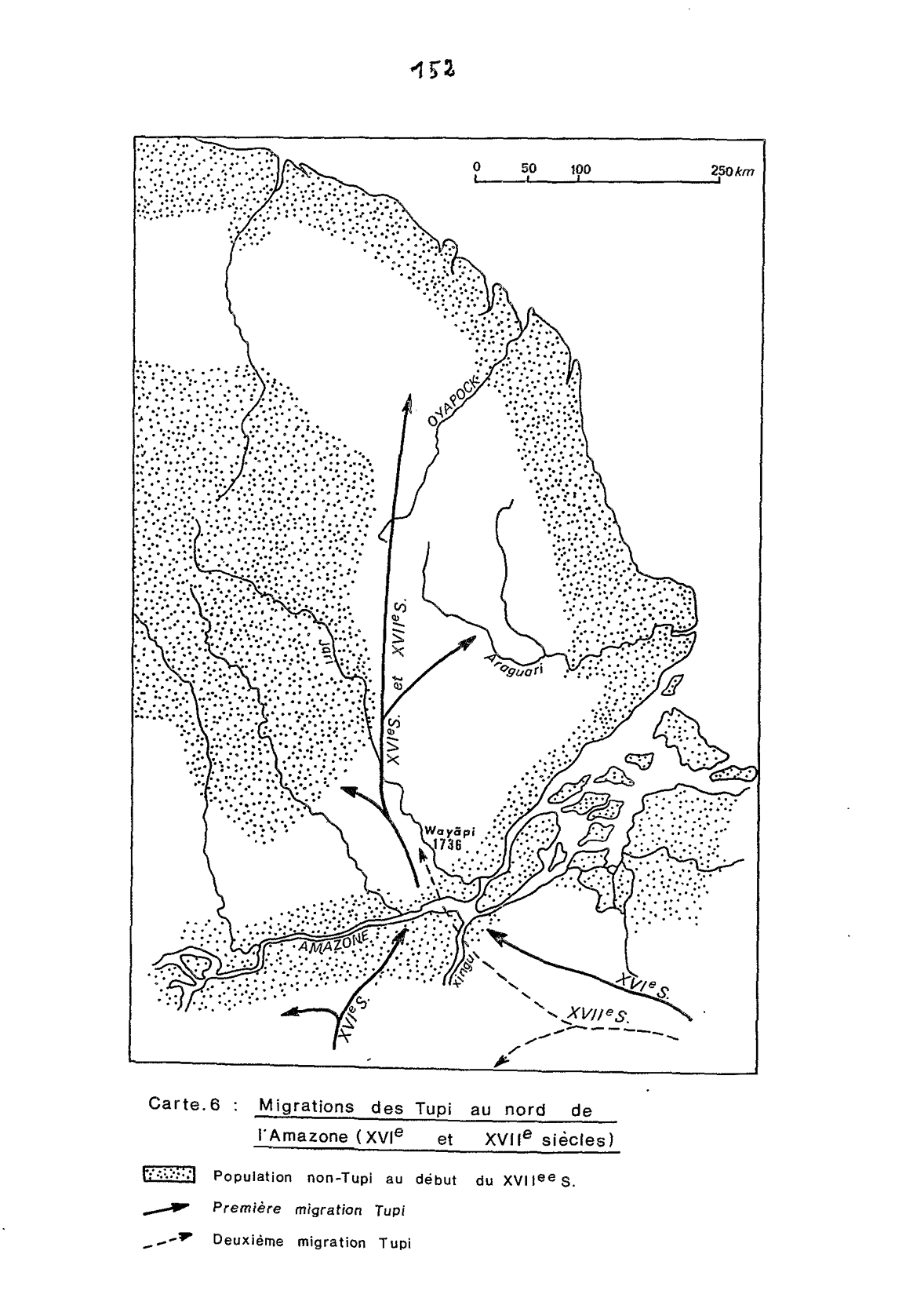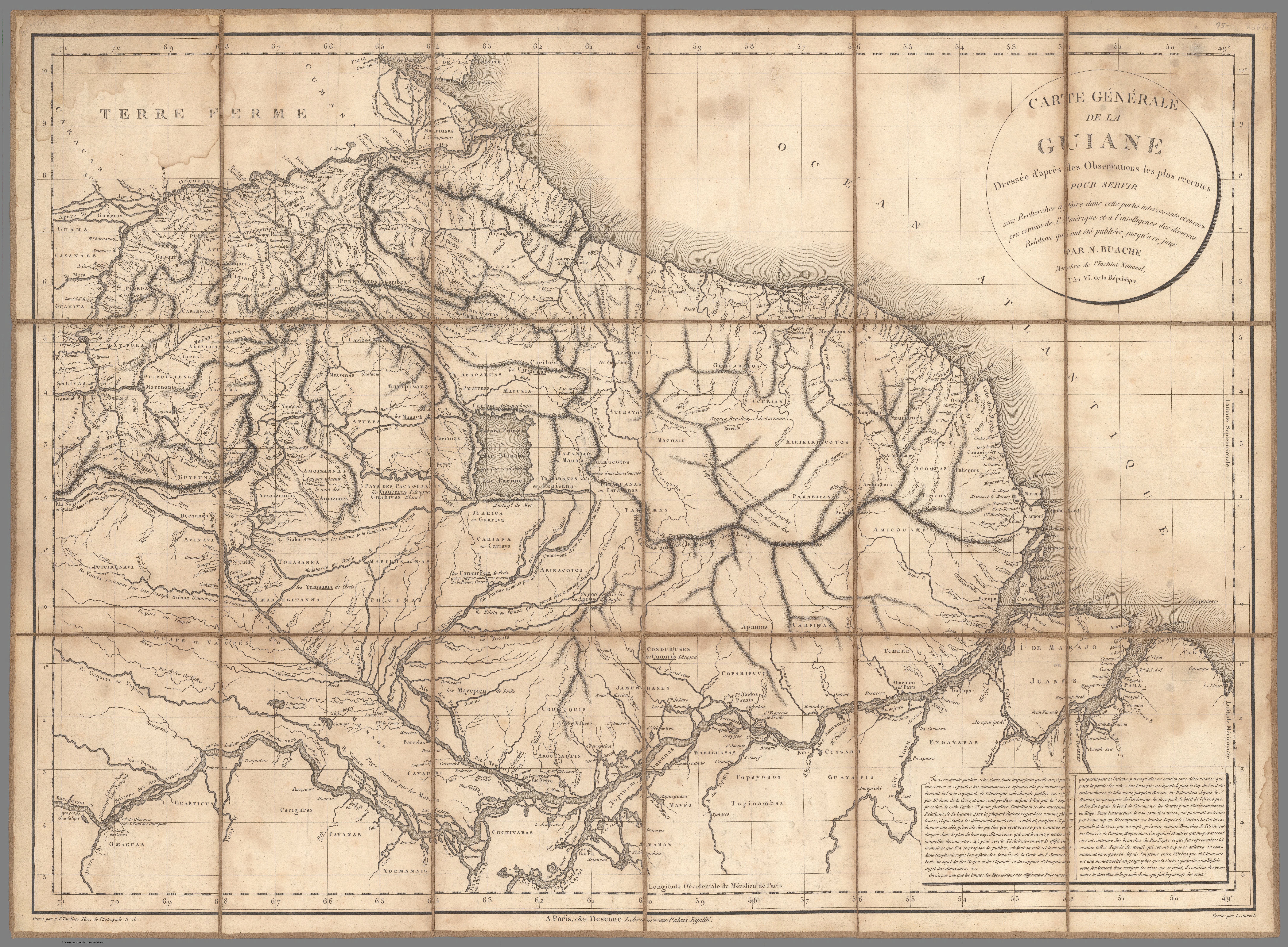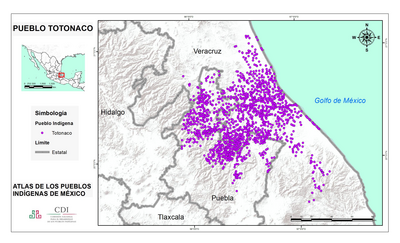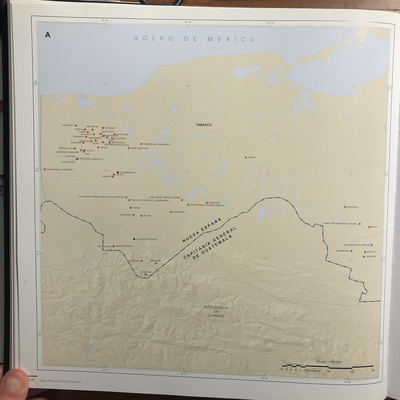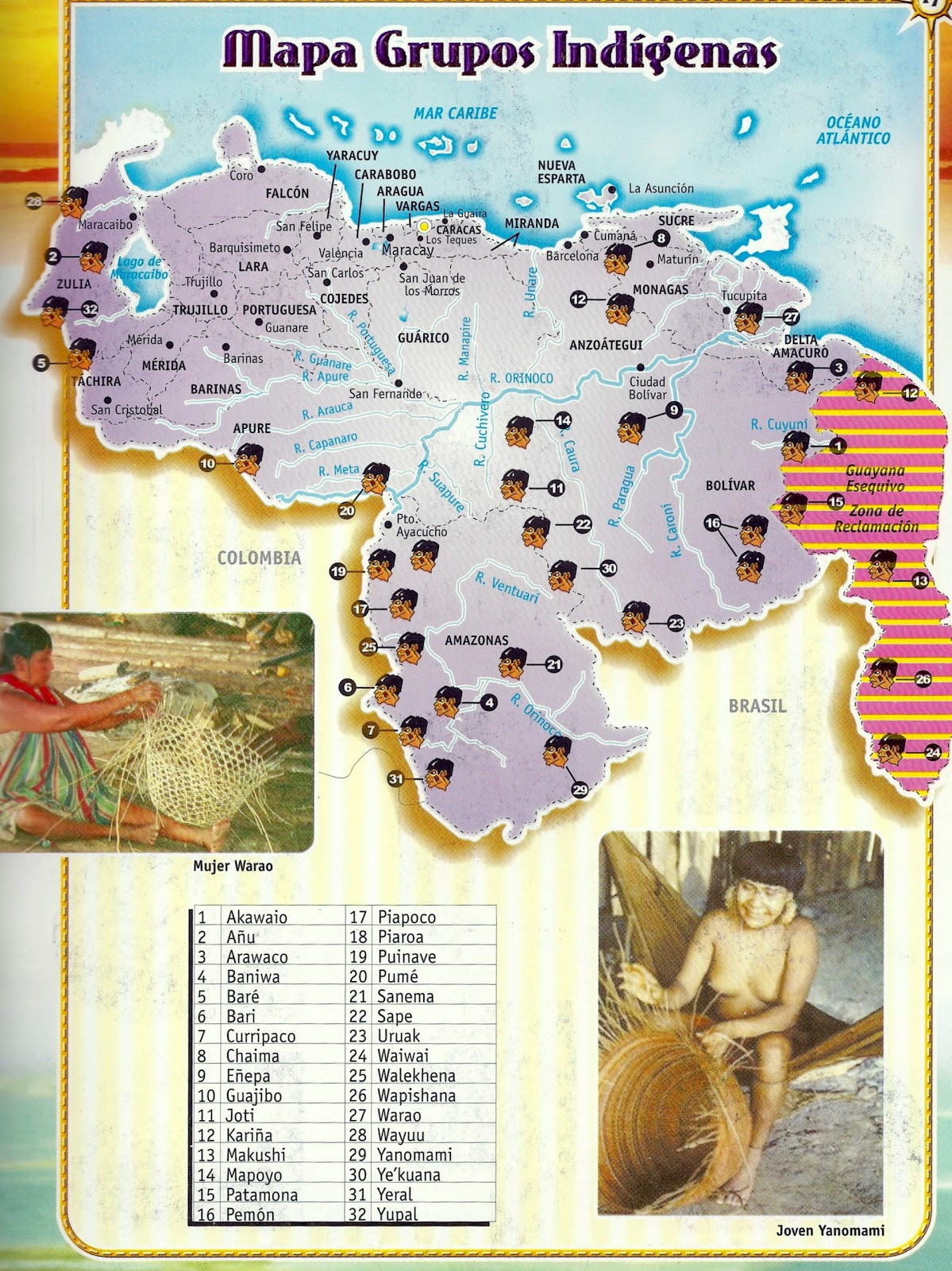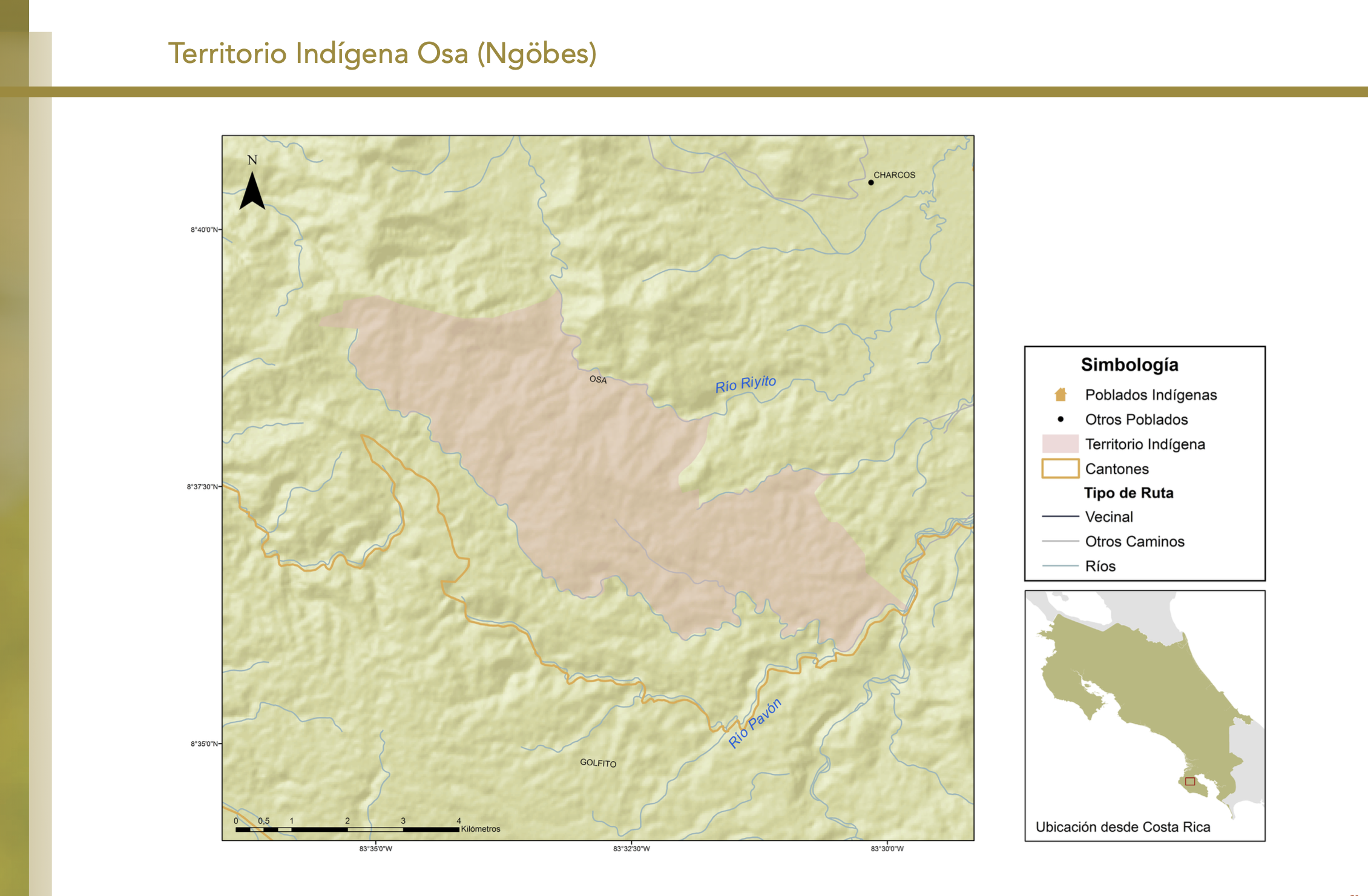Abstract
Location: Museum of Contemporary Art in Quito, Ecuador.
RAÍZ was a provocation to think critically about contemporary artistic practices and their relationship with indigenous nations, nature, pachama, extractivism and sexual dissidence. It was a call to commit to the role of art in political moments, demands and social struggles. The works presented in this space reflected on important battles over territories and natural resources, race, gender dissidence, lives marked by migration, popular culture practices and resistances to extractivism and dispossession.

Las Nietas de Nonó. Still from FOODTOPIA: después de todo territorio. 2021. Digital video (color, sound). Courtesy the artists
Works by 22 contemporary artists and artistic collectives from the US, Latin America, the Caribbean and Central America explored the interrelated ways in which notions of identity and territory, approached from contemporary art, functioned as instruments for an organic inclination towards other ways of worldmaking, other ways of being, feeling and knowing. Experiences were presented that induced subjects to dismantle the power structures inherited from the colony and modernity and to replace them with thoughts and emotions of inquiry that critically review our colonial pasts and the concept of progress in the Americas.

Installation Views of Raiz at the Center of Contemporary Art Quito, Ecuador.
The exhibition was divided into three thematic areas: Wild gardens: the dispossession of nature, its domestication and extractivisms, The knowledge of the body: Identities, memories, violence, rites and spiritualities, and Displacement of the territory, critical geographies, and anticolonial drifts by the Andean region and the Caribbean.
Participating Artists: Karina Aguilera Skvirsky (Ecuador /USA); Felipe Baeza (Mexico / USA); Tania Bruguera (Cuba); Saskia Calderón (Ecuador); Seba Calfuqueo (Chile); Carolina Caycedo (UK / Colombia); Gian Cruz (Phillipines); Colectivo Ayllu (Migrantes transgresores del Reino de España); Comunidad Catrileo+Carrión (Chile); Frau Diamanda/Héctor Acuña (Peru); Arisleyda Dilone (Dominican Republic); Lucía Egaña (Chile/ Spain) y Julia Salgueiro (Brazil/Spain); Camilo Godoy (Colombia / USA); Regina Jose Galindo, (Guatemala); Kasumi Iwama (Japan/ Ecuador); Las Nietas de Nonó (Puerto Rico); José Luis Macas (Ecuador); Carlos Martiel (Cuba/ USA); Joiri Minaya (Dominican Republic/ USA); Lizette Nin (Dominican Republic/Spain); Daniela Ortíz (Peru) y Óscar Santllán (Ecuador/ The Netherlands)

don’t blame us for what happened, Colectivo Ayllú, 2019-2020, mixed-media installation with print walls, video projections, audio and altar, Courtesy of the Artists.
Further Reading: https://artishockrevista.com/2022/01/26/raiz/
